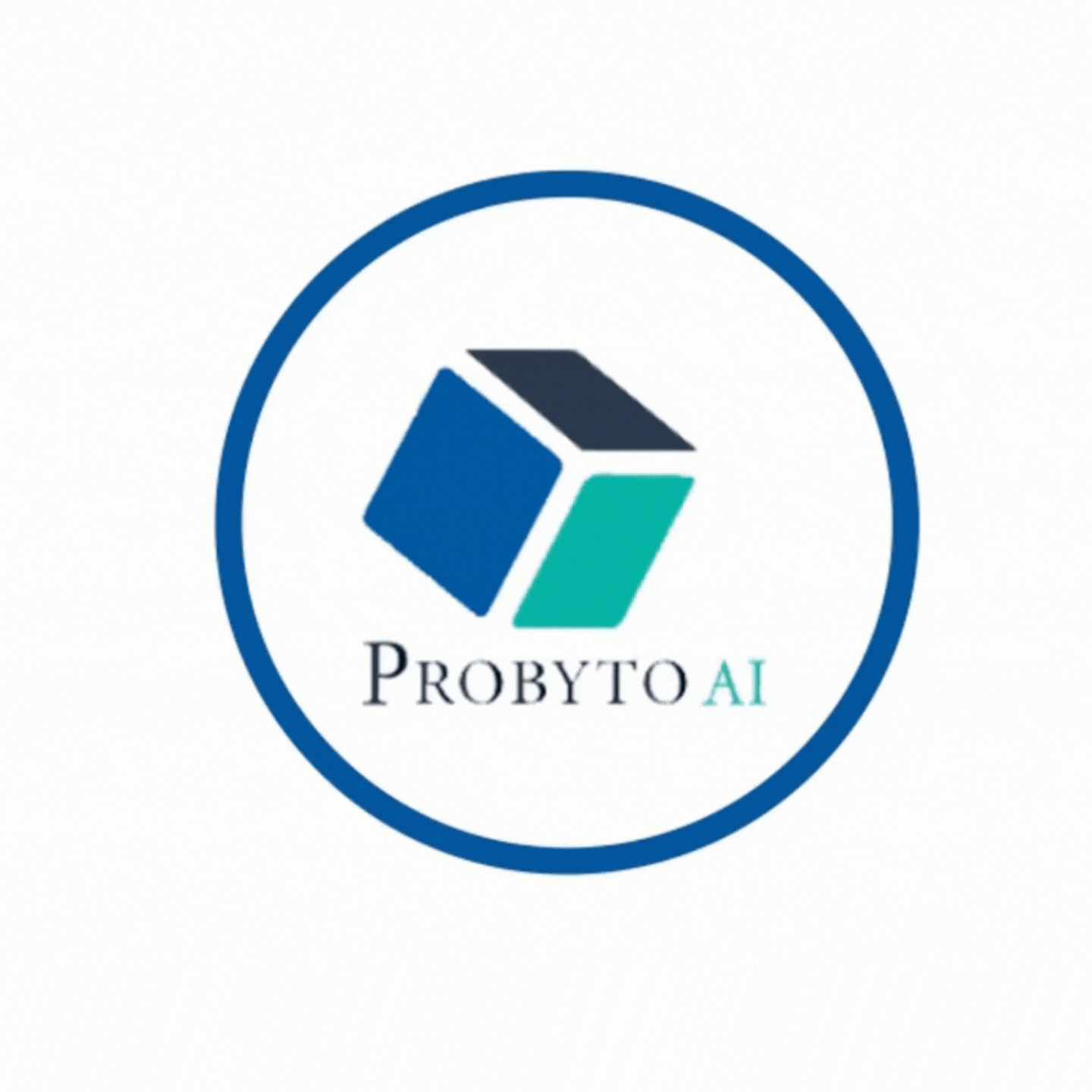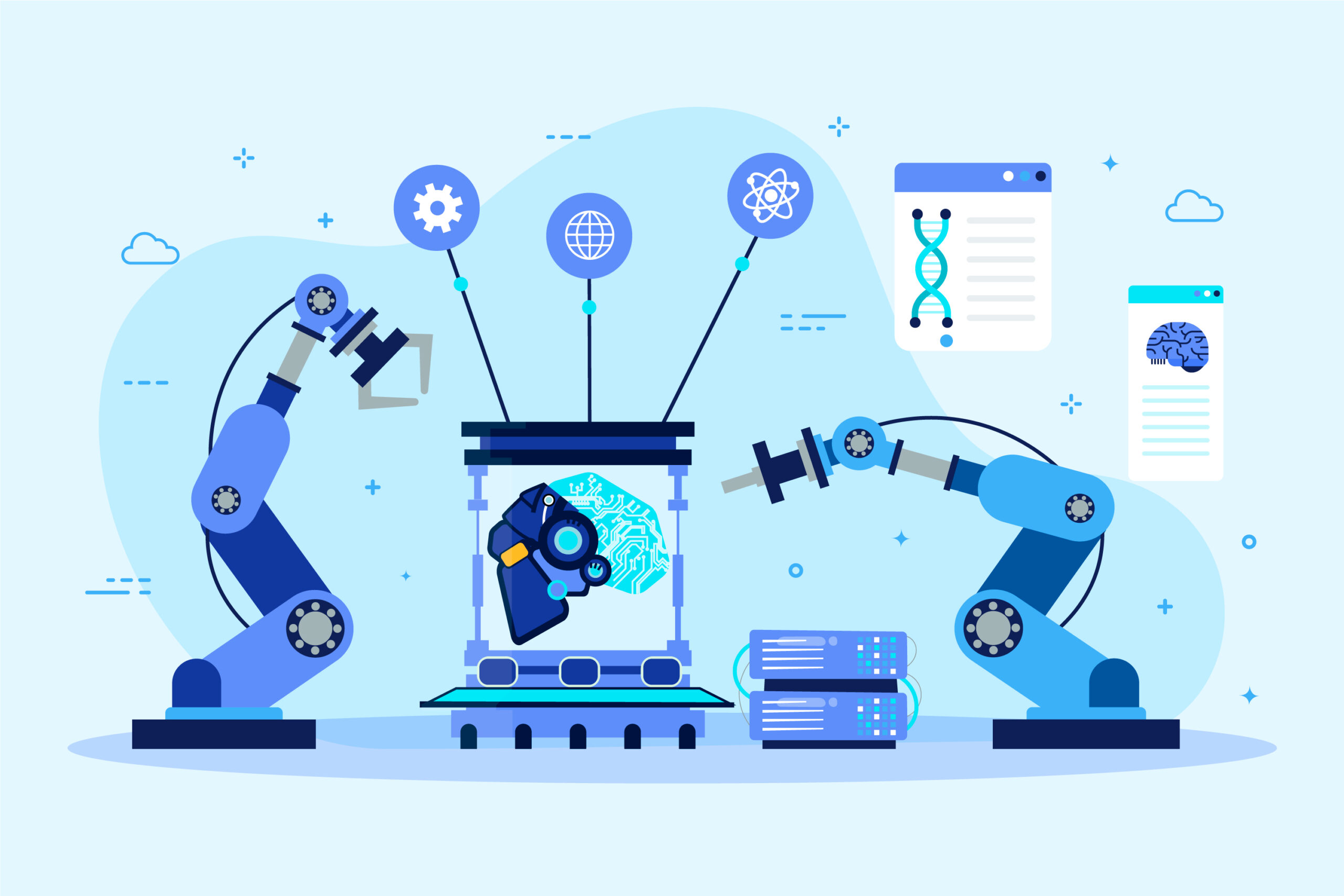Getting to know the machine learning operations
A key element of artificial intelligence is machine learning operations, also referred to as MLOps. The right processes and technologies make it possible to manage, deploy, and scale a machine-learning model efficiently and effectively. We are taken on an incredible journey by machine learning models throughout their conceptual and application stages.
1. Establishing the objectives and scope of the project through conceptualization
To ensure the success of MLOps, it’s crucial that the objectives and scope are clearly defined before diving into the details. The first step is to define your desired outcome, determine the data sources, and have a clear understanding of the problem.
2. Gathering and preparing data: The building blocks of a successful project
It is impossible to complete a machine learning project without data. Before any model training can begin, a data scientist must collect, clean, and preprocess the data. By handling missing values, handling outliers, and converting data into a format that machine learning algorithms understand, data can be processed by machine learning algorithms.
3. Developing intelligent solutions through the development of models
The development of machine-learning models begins once the data scientists have gathered clean and prepared data. To achieve optimal performance, algorithms must be selected, trained on prepared data, and tuned. Experiments are often repeated multiple times in order to refine models further.
4. Testing and validating the system to ensure reliability and accuracy
The deployment of machine learning models into the production environment requires thorough testing and validation. The models are tested for generalization to new observations during this phase, during which they are assessed for accuracy and accuracy on unseen data. Frequently, cross-validation is used along with A/B testing to validate models thoroughly.
5. Implementation of the model: The process of putting the model into use
After thoroughly testing and validating the models, they are ready for implementation. It allows users or other systems to use models by integrating them into the production environment. For a smooth transition to production, data scientists, software engineers, and IT operations teams must work together.
6. Model monitoring and maintenance: Keeping them running smoothly
When machine learning models are deployed into production, the journey doesn’t end; it just begins. Over time, models require continuous monitoring and maintenance to work as expected. As part of monitoring, different metrics are measured, including the accuracy of a model, its performance, and the utilization of its resources. Models may also need to be updated regularly in order to adapt to changing data distributions or business requirements.
Conclusion
Evolution of MLOps in the 21st Century
The operational processes associated with machine learning are dynamic and constantly evolving. Artificial intelligence plays a crucial role at every stage of the development process, from conceptualizing ideas to implementing intelligent solutions. In the digital era, machine learning can drive innovation if organizations embrace MLOps and foster cross-disciplinary collaborations.


